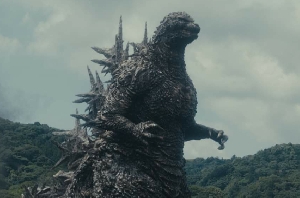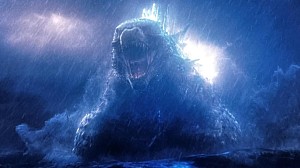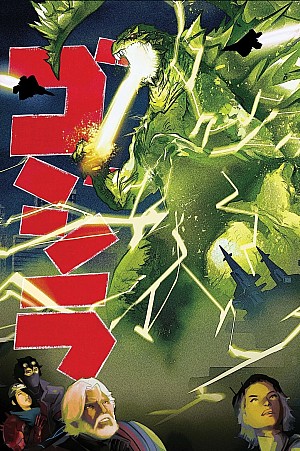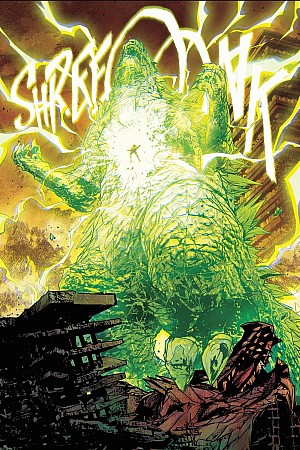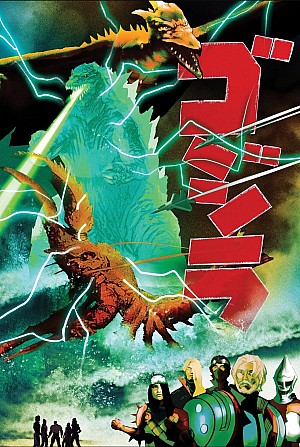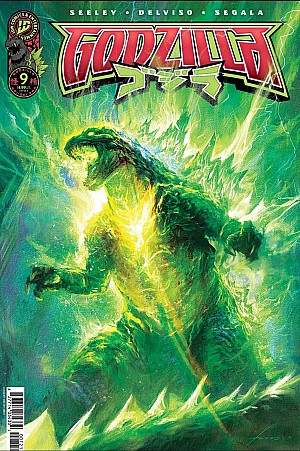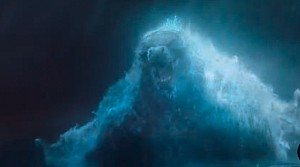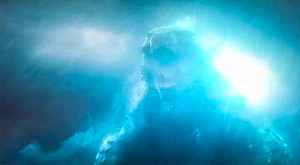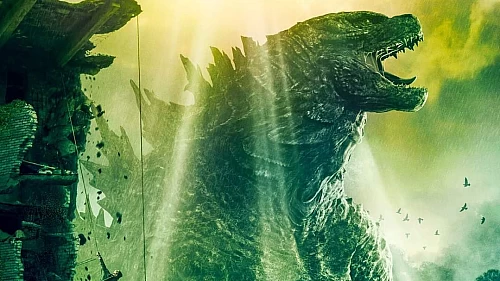This post was published by a guest. The views expressed are those of the author and do not necessarily reflect the views of godzilla-movies.com.
Godzilla has been a lot of things since his explosive debut in 1954. He has been a nuclear metaphor, a monster of destruction, an antihero, and even a campy pop culture icon. But in 2023, Godzilla Minus One gave fans something new: an emotionally devastating, politically relevant, and artistically stunning take on the King of the Monsters that changed the kaiju genre for a new generation of fans.
Takashi Yamazaki directed the movie, and Toho Studios made it. It got great reviews all over the world and made history by winning the Academy Award for Best Visual Effects, which was the first time a Japanese movie had ever won that award. Godzilla Minus One was more than just a technical success; it also connected with viewers on a deep psychological level by telling a story that balanced monster action with human weakness, postwar trauma, and existential dread.
Back to the Beginning, but with More Depth
The first Gojira movie from 1954 was more than just a monster movie. It was a response to the horrors of nuclear war and a sobering look back at Japan's experience after Hiroshima. But over the years, a lot of Godzilla movies have focused on spectacle and fantasy. Minus One went back to the original tone of fear and sadness, but it added new layers of emotional and thematic depth.
The movie is set right after World War II and follows Koichi Shikishima, a kamikaze pilot who didn't die for his country and now feels guilty for being alive. His journey is just as important to the story as Godzilla's reign of terror. By choosing to focus on broken, morally ambiguous characters, the movie goes from being a creature feature to being a meditation on national trauma, shame, and redemption.
Godzilla as a Symbol of Guilt
In this version, Godzilla isn't so much a symbol of nuclear destruction as he is a projection of pain that people have inside them. Godzilla is more than just an outside threat; he's an unstoppable force that shows the trauma Japan tried to hide after the war.
Yamazaki doesn't hold back from showing the terrible things that happen when people try to survive, like people trying to rebuild their lives after the war and people facing their own role in the war's horrors. The movie connects with Japanese viewers and people all over the world who know what it's like to deal with the mental effects of war by making Godzilla a symbol of that guilt.
A Monster Movie with Real People Involved
In many Western kaiju blockbusters, like MonsterVerse, the human characters don't seem as important as the big explosions. But Minus One makes sure that every moment of destruction has deeply personal effects.
We love Koichi. We care about Noriko, the woman he makes a weak life with. And we feel the weight of every choice they make, not only because a giant monster could kill them, but also because they are trying to earn back the right to live.
The focus on emotional realism makes the action scenes even more powerful. When Godzilla comes out of the water or attacks a busy part of Tokyo, the destruction isn't exciting; it's scary because we know who's in danger.
Timeless visuals and practical effects
Godzilla Minus One also changes the genre by using both digital and practical effects. Many big-budget movies these days have too much CGI, but Yamazaki's style seems controlled and purposeful.
Godzilla looks more like a monster than a hero. He is a huge, ugly beast with blank, pitiless eyes and a lot of scars. Using shadows, water, and real-life models makes the action feel more real, which adds to the fear and immersion.
It says a lot about skill over spectacle that a movie with a small budget could look better than big-budget Hollywood movies. The movie became a global talking point, taking over online forums, YouTube breakdowns, and even casual pop culture conversations. This is similar to the buzz around a $50 sign up bonus instant withdraw offer that gets attention for all the right reasons.
Cultural and Historical Impact
Godzilla Minus One not only got a lot of praise, but it also made people all over the world, not just in Japan, more interested in the kaiju genre. Many young people who didn't know about the original 1954 movie or its politically charged roots found out that monster movies could be more than just loud fights and falling buildings.
The movie started conversations about trauma, national identity, and remembering the war, not in general terms, but through strong character arcs and haunting images. It's a movie that sticks with you long after the credits roll, just like the best movies in any genre.
A Plan for the Future of Kaiju Movies
Godzilla Minus One sets a new bar. It shows that kaiju movies can be:
- Emotionally powerful
- New ideas in art
- Culturally reflective
- And still full of jaw-dropping monster action
It doesn't throw away what made Godzilla famous; instead, it builds on it by adding depth to a classic story type. The end result is a movie that honors the past while also making a strong point about the present.
Now, Western studios and even Toho will have to rethink how they tell Godzilla and other kaiju stories. Will future movies take this path of looking inside and being human? Or will they go back to the formula that relies on spectacle?
Fans and critics both hope that Minus One is not just a one-time miracle, but a turning point.
Last Thoughts
Godzilla Minus One is not only a good Godzilla movie; it's a great movie in general. It changes the kaiju genre by showing us that monsters are most scary when they show something very human. It takes away the characters' armor of invincibility, replaces cliches with honesty, and gives us a Godzilla that is scary, meaningful, and unforgettable.
This movie is a revelation for a new generation that grew up with CGI chaos and heroes who don't connect with each other. For long-time fans, it's a triumphant return to form, maybe even the best one in decades.
In the end, Godzilla Minus One shows that filmmakers can bring new life to an old genre by treating monsters with respect, not just as effects but also as symbols. This is more than just a reboot. It's a new beginning.

What’s Next for Godzilla? Fan Theories, Rumors, and Upcoming Movies
Godzilla is one of the most famous movie characters of all time. The King of the Monsters has been a huge hit with fans since his first debut in 1954....
Explore Multiple Art Styles Instantly with AI Avatar Maker
Digital self-expression is more graphic than ever. Your personal presentation online is usually determined by your choice of style that influences how...
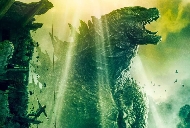
Could You Survive a Kaiju Attack? A Student’s Guide to Emergency Preparedness
The campus buzzes with lectures, deadlines, and the occasional late-night study session. But what if, amidst this academic routine, a seismic tremor r...

